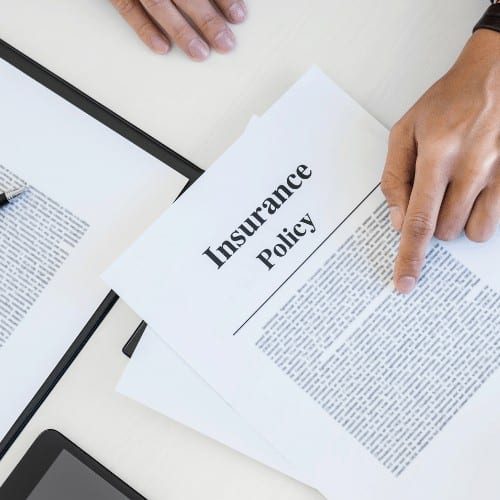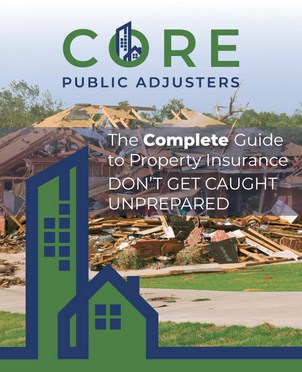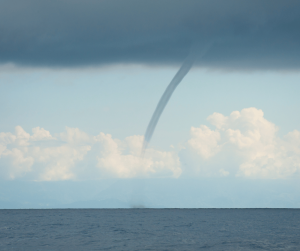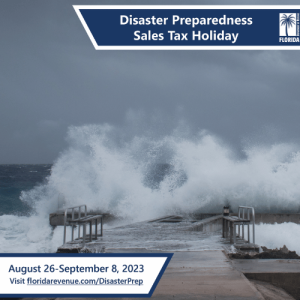Property damage occurs at the most inconvenient times. As Floridians we know the months ripe for hurricanes, but we can’t predict broken pipes, lightning strikes, tornadoes, or a tree falling on our home. Insurance policies are complicated. Do you know what yours covers? It’s important you know exactly what you’re owed when property damage occurs to your home or business.
In this article, we break down different types of property insurance coverage.
Most homeowner insurance policies combine property and liability coverage. The property coverage insures your home, contents, and other structures against loss or damage. In addition to property coverage, the policy also may provide liability coverage for bodily injury and property damage to others as a result of your negligence. It may also include limited payment of medical expenses for injuries occurring to non-household members on your premises.
Types of Property Insurance Coverage
- Dwelling coverage – Dwelling coverage protects your primary residence and attached structures. It also covers built in fixtures and damage caused by mechanical systems and appliances such as plumbing, heating, air-conditioning, and wiring.
- Personal property coverage – Personal property coverage protects furniture, appliances, clothing, and other personal belongings.
- Other structures coverage – Other structures coverage protects detached structures such as garages and storage sheds. Some contracts also provide limited coverage for other improvements such as fences, driveways, sidewalks, patios, and retaining walls.
- Personal liability and medical coverage – Personal liability coverage provides coverage against a claim or lawsuit resulting from bodily injury, or property damage to others, caused by your negligence. The standard policy is written to cover up to $100,000 per claim. Policies also include coverage for medical expenses in the event someone should become injured accidentally on your property. Policies are typically written with a $1,000 per person limit and do not cover members of the household.
- Additional property coverage – Expenses can exceed the cost of repairing the property when your property has significant damage, or is completely destroyed. Your policy may, or may not cover[1]:
- Debris removal
- Reasonable temporary repairs
- Damaged trees, shrubs, and plants
- Collapse of building
- Glass breakage
- Additional living expenses (ALE) – Additional living expenses (ALE) coverage reimburses for temporary housing expenses when your home is damaged by a covered event and when it is deemed unlivable. ALE covers items such as extra food costs, lodging, relocation, and storage expenses.
Pro Tip
We recommend that you take a few minutes to review your policy. What exactly does it cover? If disaster strikes your home, making it unlivable, does your policy cover hotel expenses and, if so, to what extent? It’s also important that you understand the insurance terminology used in your policy.
Want more articles like this? Download our Complete Guide to Property Insurance.
We are experts at insurance policy negotiation to get you more for your claim. Clients retain us to prepare, file, and negotiate claims on their behalf. We provide comprehensive damage estimates so clients get the maximum payout on their claim under policy limits. Call or text us, (877) 411-2673, if you want help with your claim.
[1] Note: coverage for flood (caused by rising water, not by a broken pipe) requires a separate policy. Coverage for sinkholes is a special addition that is not automatically included in many property insurance policies.







